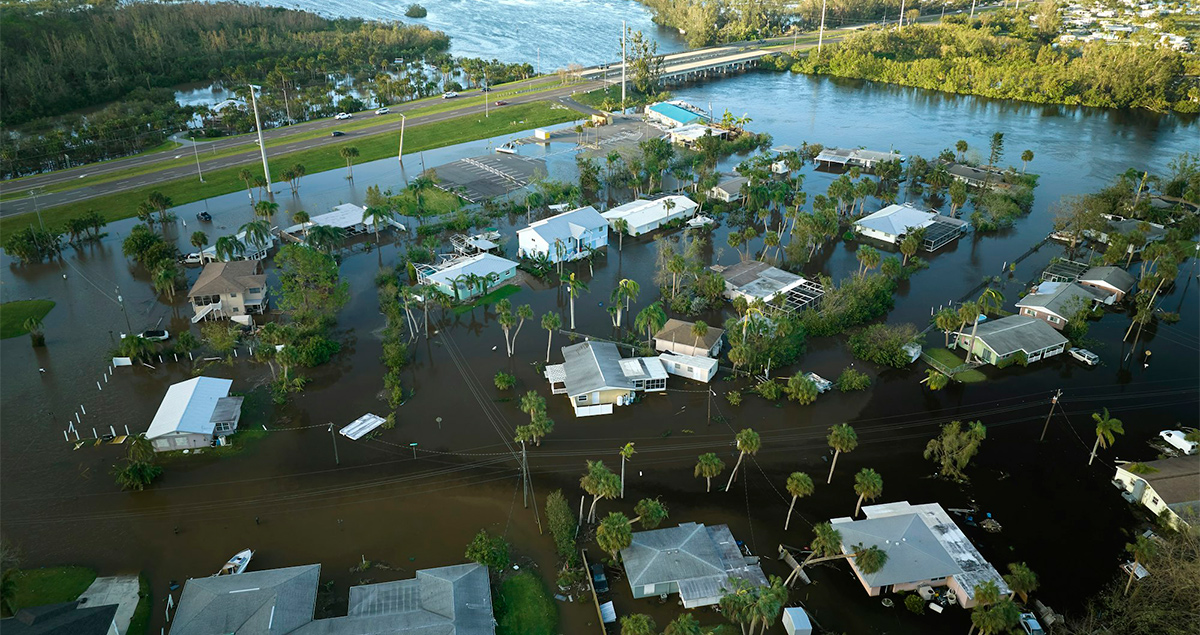COP29: 3 areas of focus for ‘the finance COP’

“We need all hands on deck as billions of people are counting on you.”
That was how COP29 President-Designate Mukhtar Babayev signed off his letter to the attendees of the upcoming 2024 United Nations Climate Change Conference, which will take place in Baku, Azerbaijan.
Discussions at the conference will center on two broad areas: enhancing ambition and enabling action. Within this, the spotlight will likely fall on how countries can build on the historic “beginning of the end” agreement to transition away from fossil fuels, which was made at COP28, and how to set stronger national climate action targets, which they are due to submit by 2025.
“The effects of the climate crisis are now undeniable in our daily lives. This COP represents a pivotal moment to start delivering on climate commitments and deploy real decarbonization solutions for communities around the world,” says Hiroshi Matsuda, Chief Regional Officer, Europe, Middle East & Africa at Mitsubishi Heavy Industries (MHI) Group, who will be present at the conference. “At the same time, we must ensure that these solutions are equitable and just — they need to reach everyone, everywhere.”
Here are three key areas in which COP29 will seek to progress this aim.
Climate finance for developing countries
Today, the world’s lowest-income countries produce one-tenth of global emissions, but they are the most heavily impacted by climate change. Alongside, many developing countries will likely increase their share of emissions as their populations and economies grow.
But, according to the UN Development Program, finance is a fundamental barrier to the acceleration of climate action in developing nations. Mobilizing support from developed countries by agreeing a “fair and ambitious” New Collective Quantified Goal (NCQG) on climate finance is a critical point on the COP29 agenda.
The NCQG is a fundamental element of the Paris Agreement on climate change. It was created with the ambition of replacing an existing goal of $100 billion per year — which was met for the first time in 2022 —to support developing countries’ climate action with a new needs-based target that better reflects their evolving situations.
This new target, set to be adopted this year in Baku, will direct greater funds to urgently needed solutions in energy, transport, agriculture and more. But, as the World Resources Institute notes, progress on the NCQG has to date been slow, with everything from the amount needed to the countries that should contribute still on the table.

Financing challenges will be a talking point at the United Nations Industrial Development Organization (UNIDO) panel ‘Accelerating Net-Zero Industrial Development through Innovation and Trade in Clean Energy and Materials’. At the event, delegates including those from UNIDO, developing economies, and suppliers including MHI, will discuss how nations in the Global South with high potential for renewable energy and mineral resources can play a pivotal role in producing clean fuels and materials to generate value through exports.
A focus on climate adaptation
The existing $100 billion climate finance target covers both efforts to reduce emissions — known as mitigation — and building resilience to climate impacts — adaptation. This includes everything from planting drought-resistant crop varieties to building stronger defences against floods and extreme heat.
Delegates at COP29 have the chance to prioritize achieving the right balance between these two vital areas.
It comes at a crucial time. A report from the UN Environment Program found that progress on climate adaptation is slowing at a time when it needs to be moving faster. The adaptation finance needs of developing countries are up to 18 times the size of international public finance flows, it says, with the current gap estimated at $194-$366 billion per year. Alongside, adaptation planning and implementation are plateauing.
The COP29 presidency has called on developed countries to show “significant progress” on at least doubling adaptation finance by 2025. The potential role of the private sector in helping to plug the gap will also likely be discussed.
Building better carbon markets
Operationalizing Article 6 of the Paris Agreement — seen as crucial to limiting global warming to 1.5C — is another major focus of this year’s COP.
A key part of the agreement, Article 6 focuses on the development of carbon markets — places where countries, companies and individuals can buy and sell greenhouse gas emission credits, also known as carbon credits.
These markets allow one entity to compensate for its emissions by purchasing credits from another that removes or reduces greenhouse gases. They are seen as a promising way to direct finance to green projects, but questions have also been raised around transparency and whether credits always drive real emissions reductions where they are needed.
The conference is expected to work to get Article 6 “up and running”. This could play a significant role in improving these markets by establishing a more robust framework for international carbon trading.

As COP29’s president notes in his letter to parties and constituencies, there are strong calls for the conference to make progress across all areas of the Paris Agreement — but climate finance looks set to be at the heart of discussions.
Discover more on MHI’s Mission Net Zero





